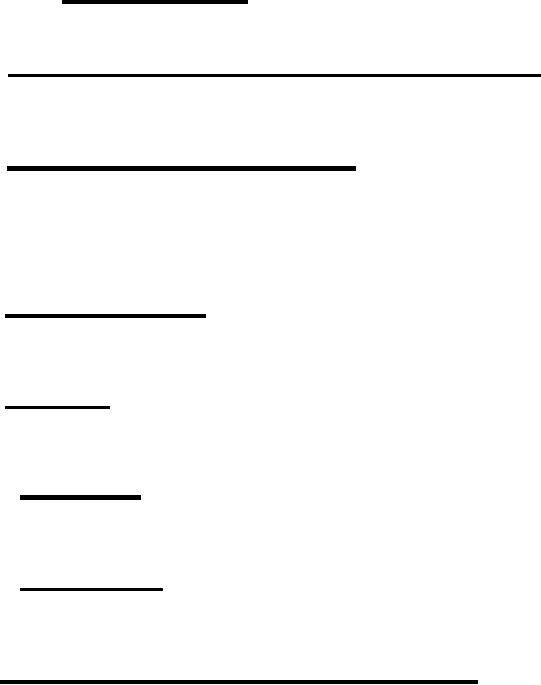 |
|||
|
Page Title:
Protective coating of extension spring and bracket |
|
||
| ||||||||||
|
|  MIL-S-10522K (PA)
4.5.2.3.1.3 Sodium Sallcylate. - Add the percentages of
red gum and potassium perchlorate found and subtract from 100
percent.
4.5.3 Protective coating of extension spring and bracket. -
The adequacy-of the protective coating shall be tested in
accordance with the procedures specified in QQ-Z-325 or QQ-P-416
whichever is applicable. (Destructive tests)
4.5.4 Embrittlement of extension spring. - The spring shall
be stretched-along its longitudinal axis until it no longer
returns to its original position. When the spring no longer
returns to its original length or profile it shall be considered
permanently distorted. Any spring that breaks during the test
shall be classed defective. Springs subjected to test shall not
be returned to the lot. (Destructive test)
4.5.5 Length of trip_ wire. - The trip wire shall be
unwound from-the spool assembly and its length measured to
determine compliance with the specified requirement. (instructive
test)
4.5.6 Functioning. - The following functioning test, in
accordance with Acceptance Test Procedure, SIM-BTW- (latest
revision) shall be performed at a Government proving ground.
(Destructive test).
4.5.6.1 Functioning. - The simulator assemblies shall be
mounted in accordance with instructions on dwg. 8848620. The
assemblies shall be ignited by cutting the trip wire. Burning
time shall be determined using equipment In accordance with
4.4.4.
4.5.6.2 Test validity. - If for any reason the proving
ground considers that the test conditions have detrimentally
affected the test results, the test shall be declared invalid
and a new test performed with additional samples.
4.5.7 Quick leak test (Vacuum Differential Method). - The
filled and sealed packages, after conditioning at ambient tempera-
ture (70 plus or minus 5 degrees F.) for at least four (4) hours,
shall be tested for leakage by submerging In water contained
In a vacuum vessel. A vacuum differential of 216mm (8 1/2 inches)
of mercury from ambient conditions shall be drawn and held for
30 seconds (minimum) while observing for leakage of air. Repeat
40
|
|
Privacy Statement - Press Release - Copyright Information. - Contact Us |